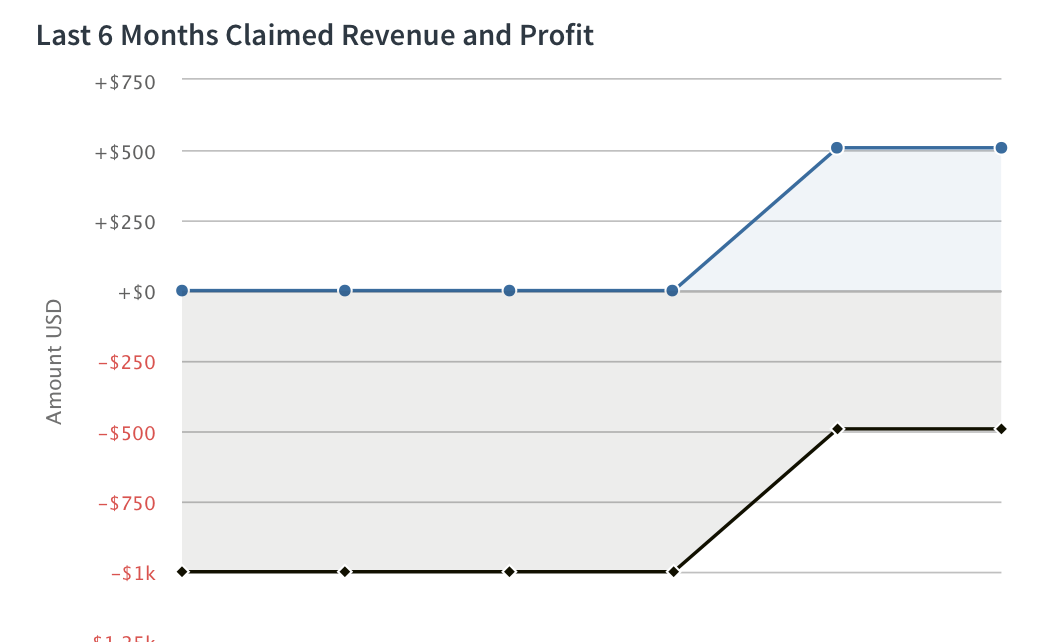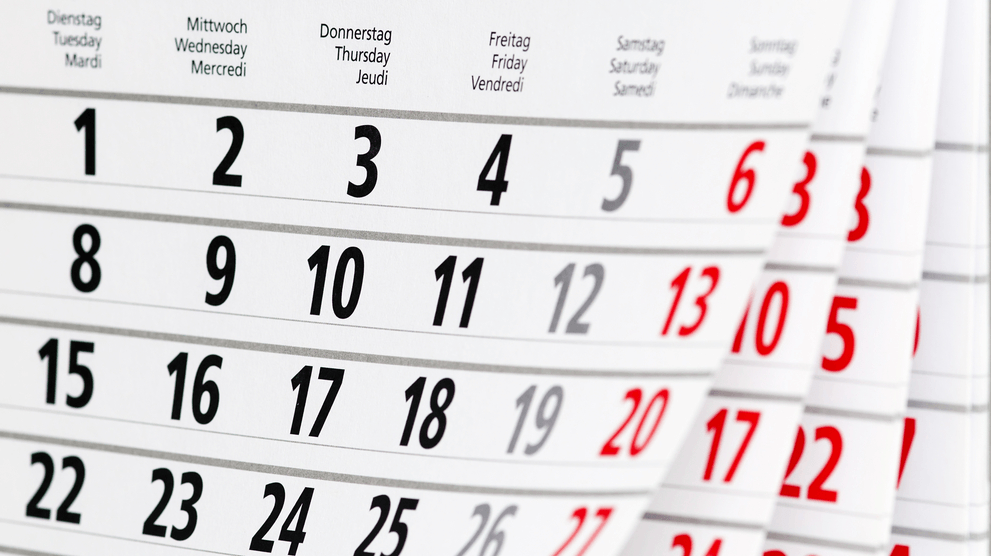How to Make the Most Money When Selling Your Website

There are all sorts of reasons to sell your website. Maybe it’s peaking and you want to profit as much as you can. Maybe you’ve grown tired of the business and want to move on to something else. Maybe it isn’t doing what you want it to and you want to recoup some of your losses. Maybe your entire business model is making niche sites and selling them to affiliate marketers.
No matter the reason, you obviously want to sell your site for as much as possible. How much is your site worth, and what can you do to make it more valuable before you sell it?
Definitions of Value
At the most basic of all possible levels, the value of your site is exactly equal to the amount some interested buyer is willing to pay for it. This needs to be a number low enough that the buyer thinks they can make a successful return on investment, while also being high enough to tempt you into selling it.
Most of the time, the person looking to buy your site is looking to make a profit as quickly as possible. Some will do that by selling it in turn to a higher paying buyer, while others will apply their own monetization schemes. Either way, your hands are clear.
One thing you need to be aware of is that the amount of money you have invested in the site to date is completely irrelevant. No buyer is going to pay you more just because you’ve over-paid for SEO work or web design. Your purchase of the domain name for $10,000 from an auction site has no effect. The only thing that matters is the profit.
Determining the Value of a Site
The value of a site is typically defined based on the amount of money it currently earns. Unfortunately, this means that if your site has collapsed or if your business has folded, your site is probably not going to be worth all that much. Again, the buyer wants to make a profit, and if they have to start from scratch, they aren’t going to want to pay much.
Some things that affect the value of a site include:
- A solid history of consistent earnings. If your most recent month earned you $15,000 from your site, but every previous month only got you $3,000, you can’t misrepresent yourself by just showing the most recent month.
- A pattern of growth. No buyer wants to pay for a site that isn’t growing or capable of growth.
- Automation in place. The buyer doesn’t want to put a lot of work into getting your site up and running. Make sure you at least have the relevant tools installed, even if you don’t personally use them to their fullest extent.
- Multiple sources of traffic. A diverse traffic pattern indicates a healthy site, whereas a site with traffic heavily coming form one source is very vulnerable to that source disappearing.
- Multiple revenue streams. If you’re relying on one set of ads to make you all your money, again, you’re too fragile.
- Branding can be beneficial in some circles, as a buyer wants to adopt a business. In other circles, the buyer wants the niche and the domain but not the baggage.
So how do you specifically calculate the value of your site? Different buyers will use different methods, but you essentially take some of your profits and multiply them by a factor determined by the buyer. For example, one buyer might take your annual valuation and factor of one. Therefore, a site that makes $150,000 annually will be worth $150,000 to the buyer. Another buyer might take annual value and a factor of two, and be willing to pay $300,000 for that same site.
Here’s another example, from Empire Flippers, a business that acts as a middleman for connecting site sellers with buyers. They take your average for the last three months net profit, and apply a factor of 20. So a site that makes $3,000 per month would be valued at $3,000×20. That works out to be $60,000, which is also the equivalent of about a year and a half of revenue for the site.
Empire, of course, has fees for being a middleman. You pay for a listing fee, and they take 15% of the sale price after the sale completes. You get consistency and access to their audience of buyers, as well as their sales tactics. You pay for it.
Additional Tips for Website Sales
There are a lot of problems with trying to dump a website. Some of them involve sellers who just aren’t ready to make a sale. Others stem from unscrupulous buyers taking advantage of sellers who don’t know what they’re doing.
- Be prepared. When you’re selling a website, you’re selling a business. There’s a lot that goes into that, including the transfer of ownership of the domain, the accounts that run it, the analytics, the subscriptions for hosting and tools and much more. Buyers want to be quick and agile; if you have to spend a month preparing for the sale, it could very well fall through.
- Be ready to wait. On average, only about 30% of businesses manage to sell their sites within 90 days. If you’re trying to sell faster, your site needs to be a more attractive deal for buyers. You know what that means; a lower price.
- Have your numbers ready. If a buyer approaches you and asks about your financials, and you have to get back to them with the information, it tells the buyer you aren’t prepared to sell your site. Learn what they want to know and have that information available.
Seller beware. There are plenty of shady buyers out there who will try to value your site exceptionally high – annual x5, for example – but have no intention of paying. You might get part of the way through your sale only to find the money never arrives, but you’ve handed over the keys, so to speak. This is rare, but a more common issue is a high valuation tempting you to list, before lowballing you with an offer and presenting a “take it or risk never having another chance” situation.

 ContentPowered.com
ContentPowered.com






